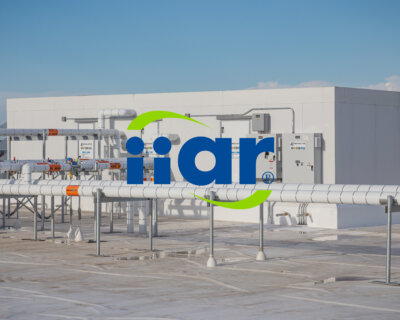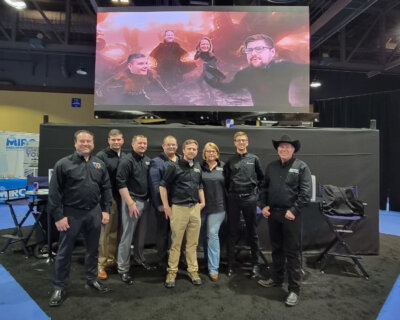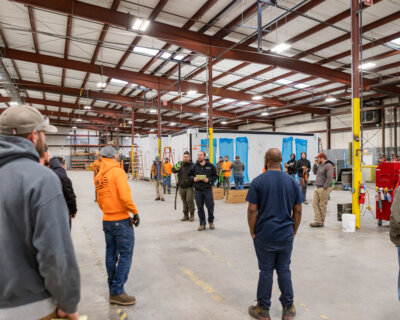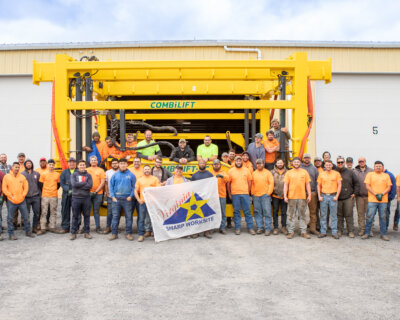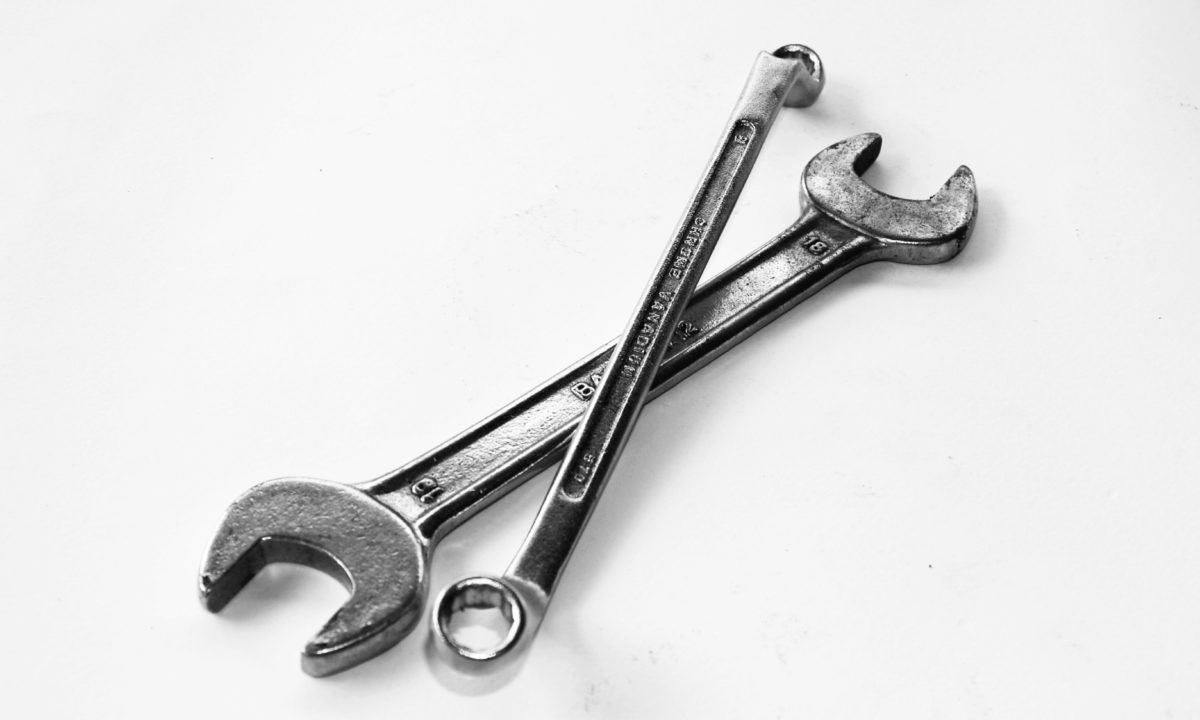
Preventative Maintenance: 5 PMs to Perform Regularly
Preventative Maintenance (PM) is critical to the function and lifespan of all industrial refrigeration systems. Without a proper PM schedule, maintenance becomes reactive instead of proactive. Compared to reactive maintenance, PM increases uptime and extends the life of equipment, saving businesses time and money in the long run. The International Institute of Ammonia Refrigeration (IIAR) sets the standards of PM for ammonia refrigeration, but there are other basic PM measures one should take on any industrial refrigeration system.
1. Compressor Maintenance
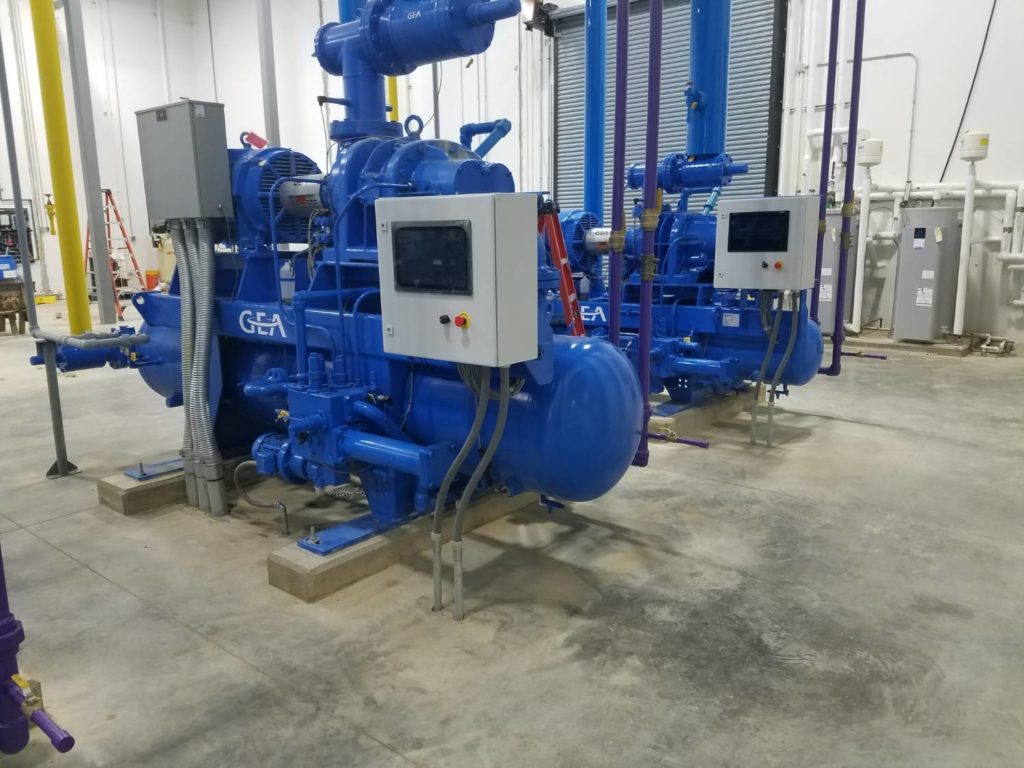
In refrigeration, the compressor is the single most important piece of equipment. On top of the standard IIAR inspections, it’s important to also follow Original Equipment Manufacturer (OEM) maintenance recommendations, perform vibration analysis, oil analysis, and oil filter changes regularly. Vibration analysis determines the conditions of the bearings and other internal components of the compressor. Routine vibration analysis catches issues before they manifest into a more serious problem. A certified Vibration Specialist performs this analysis after review of logged data to determine if there has been a change in normal operating parameters. Oil analysis involves pulling a sample of oil from the compressor and testing it to check for oil quality. Testing will tell the contaminants and viscosity of the oil. Oil analysis is essential to determining the overall oil life of the system, ensuring that oil is changed before equipment is jeopardized. Vibration analysis and oil analysis should be performed twice a year minimum. Oil filters should be changed based on manufacturer specifications or once a year, whichever comes first.
2. Condenser Maintenance
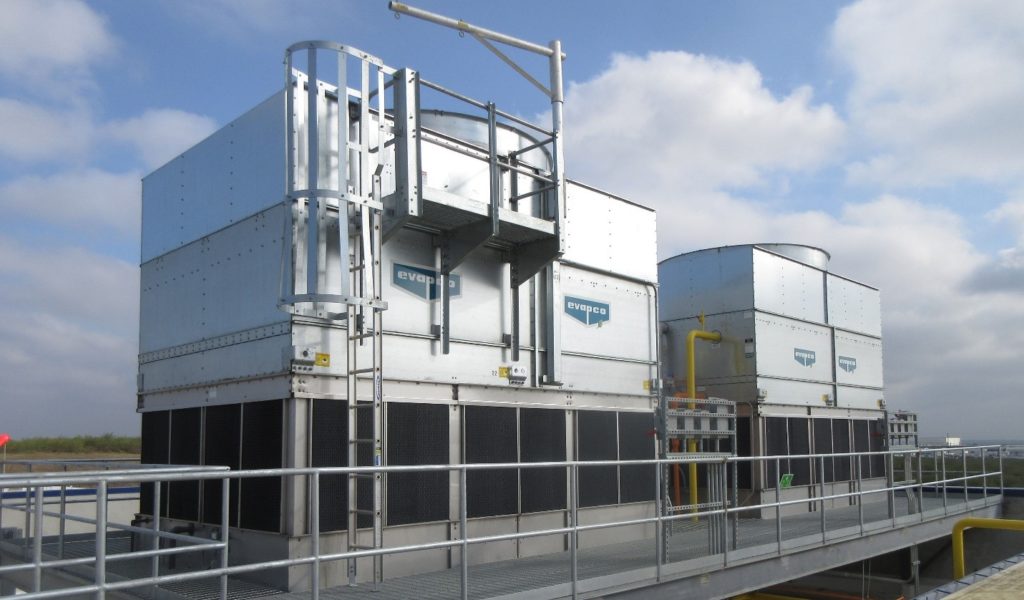
Condenser systems should have a good water treatment program that includes a monthly inspection by a trained water treatment provider. It’s important to control the solids (conductivity) and pH level within the water to maintain maximum heat transfer and a long life of the condenser. If the conductivity in the water gets too high for the chemicals that inhibit scaling, you will run the risk of scaling your tower. To keep the conductivity under control, you bleed off the condenser water and replace it with fresh water, which lowers the conductivity level to an acceptable level to ensure scaling does not occur. An ideal pH range is 7.1-7.8; anything above or below this range is outside of optimal operating conditions and could create corrosion issues and adversely affect the lifespan of the condenser. If the pH is above 7.8 you will run the risk of white rust forming on the galvanization, and if it drops below 7 you run the risk of losing the galvanization off of the steel and exposing bare metal. Towers should be cleaned twice a year, and belts changed once a year for proper condenser maintenance. Standard condenser inspections and following OEM recommended maintenance will increase the life of the unit and prevent early equipment failure.
3. Evaporator Maintenance
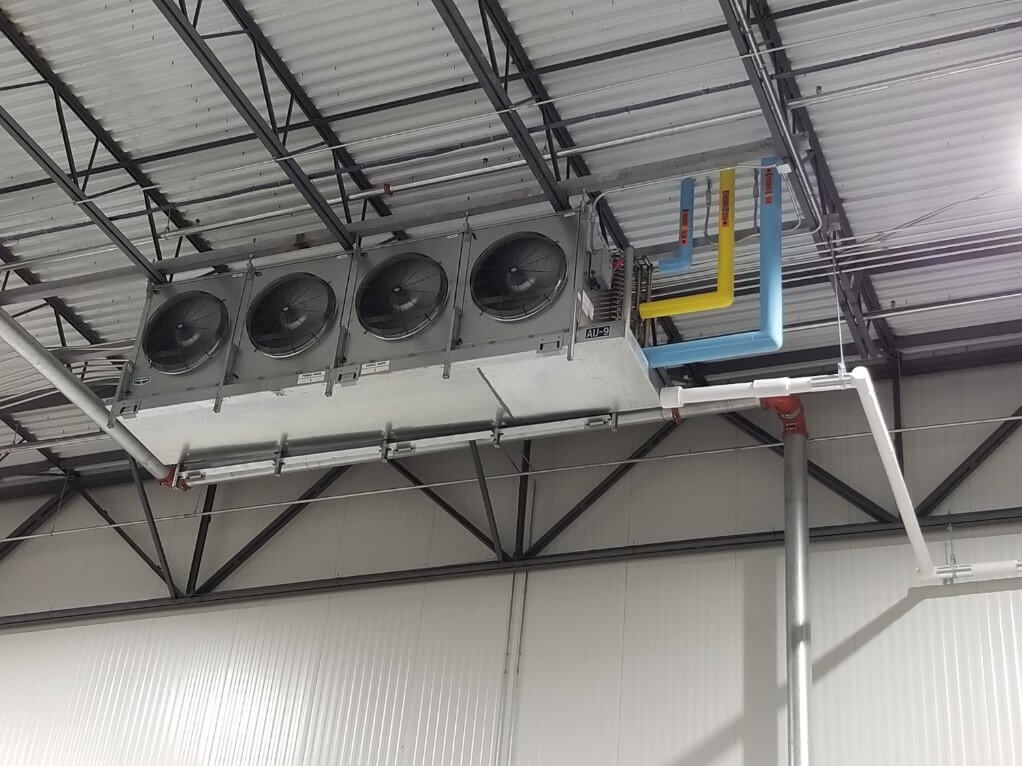
Evaporators are relatively easy to maintain one would think. You should follow OEM maintenance recommendations and IIAR checklists, which include routine greasing of the motors and inspection of the fan blades and motor mounts for cracks. One area that is overlooked at times is regular cleaning of the evaporator. This includes: coil, fan, fan shroud, drain pan, IMP ceilings, and drain line cleaning. We recommend cleaning the dock units twice a year and the coolers once a year at a minimum.
4. Refrigerant Maintenance

An annual Ammonia Purity Test or Refrigerant Analysis is highly recommended to ensure that the refrigerant itself falls within specifications. Refrigerants need to maintain their purity in order to transfer heat efficiently. Common impurities are moisture (H2O), oil, and acid. All of these factors can cause equipment issues and heat transfer issues.
5. Valve Maintenance
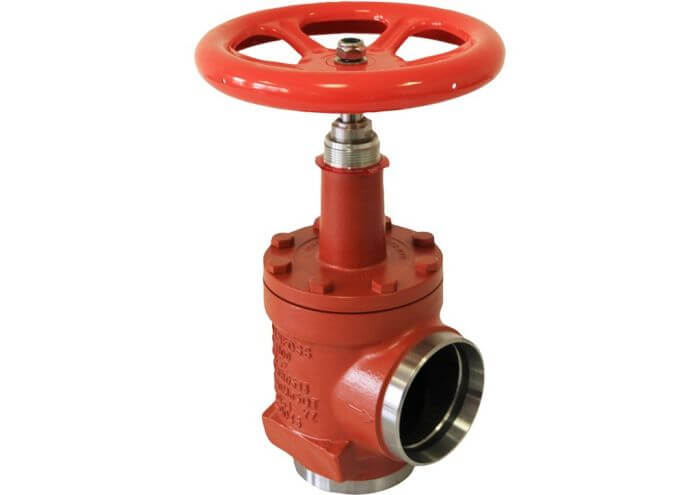
Proper maintenance on your valves and regulators is just as important as a compressor or evaporator. To ensure proper flow of refrigerant and operation of the valves, make sure to lube and manually cycle the valve stems as required by OEM, and annually anti-seize the valve caps. When you have an operational event, the functionality of these valves is the difference between an emergency and a busy day! Lastly, keep up with painting of the valve stations on an annual basis to protect the stations from corrosion. By performing these tasks, you will keep your valves operating smoothly for 30 plus years to come.
Review
Setting up a good PM schedule, making sure to follow IIAR checklists, following manufacturers recommendations, and completing the steps mentioned above for all Preventative Maintenance will lower your odds of equipment failure, extend the life of the equipment, and reduce downtime. This will save you money in the long-run and lead to a more efficient and profitable facility.


